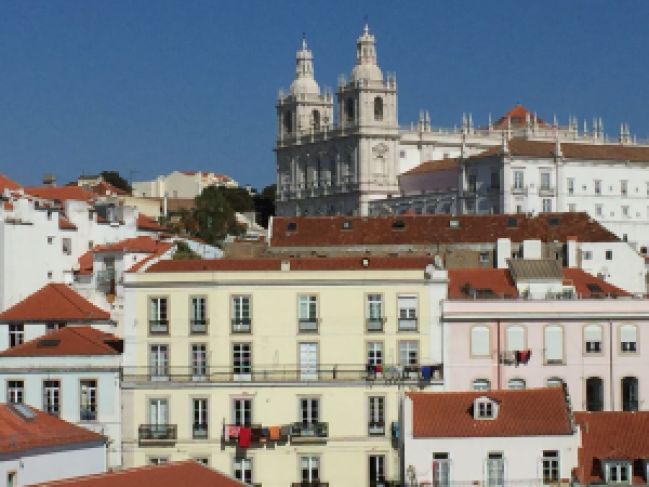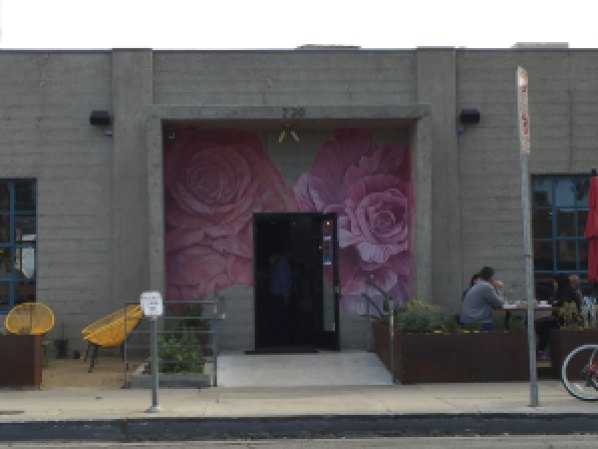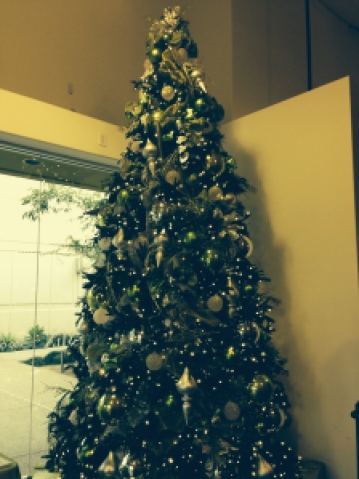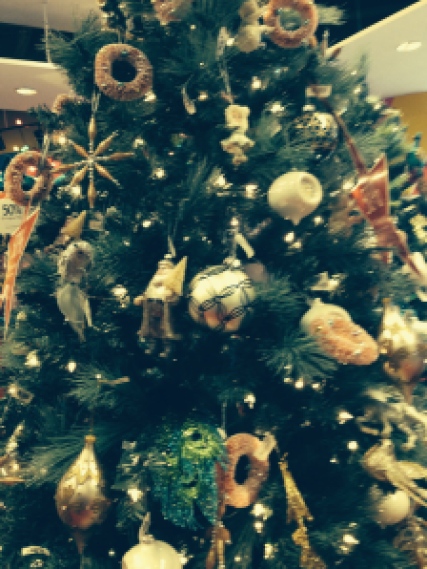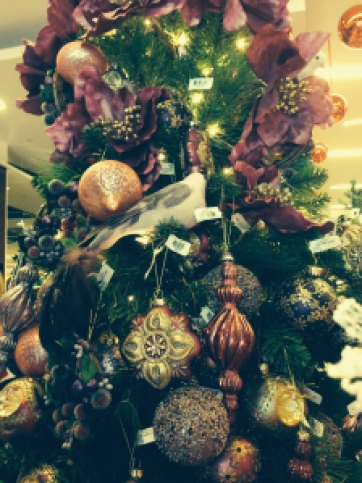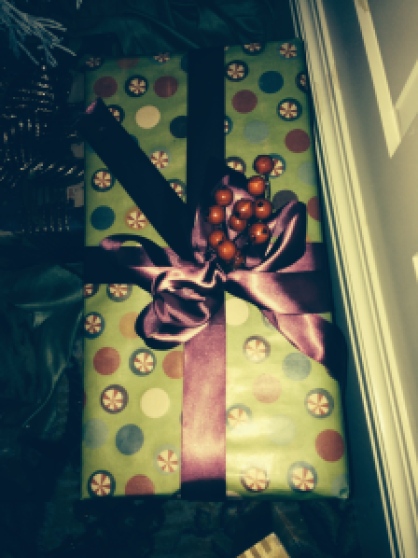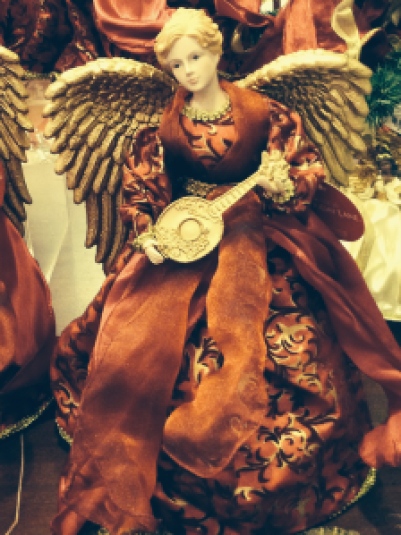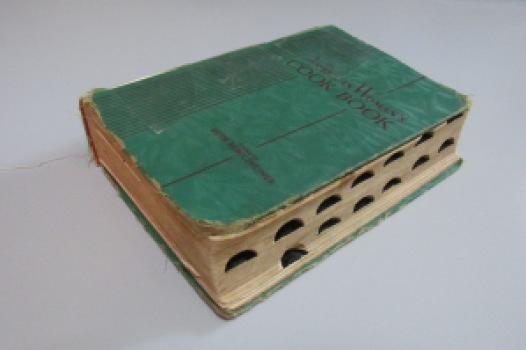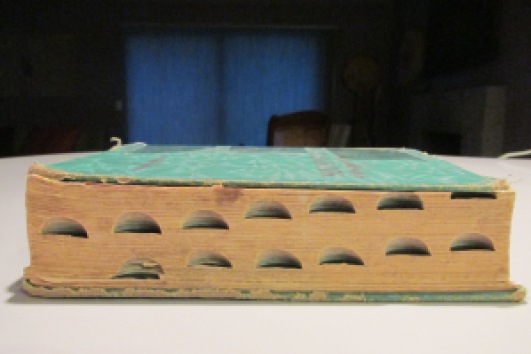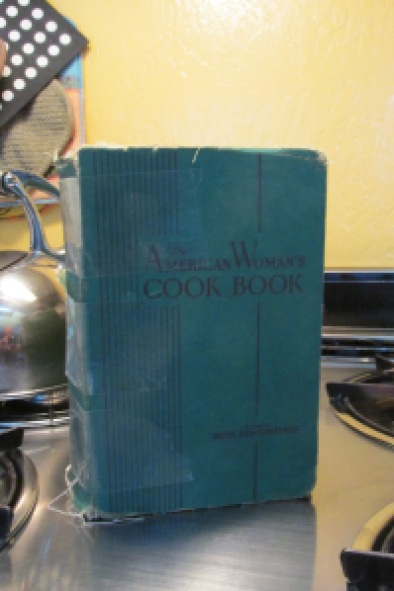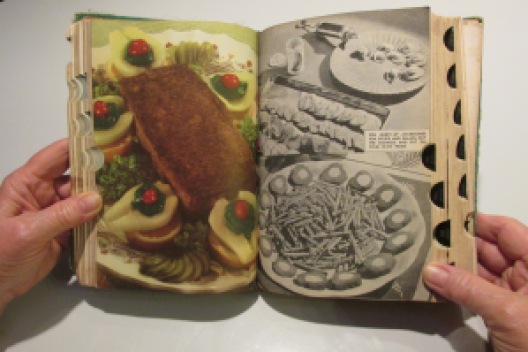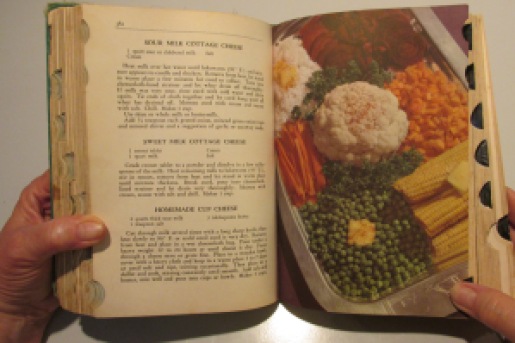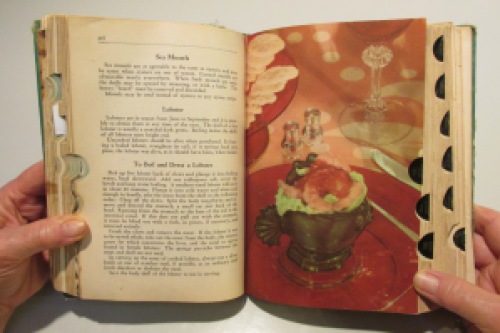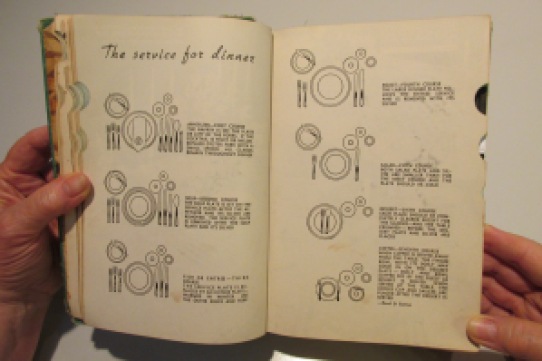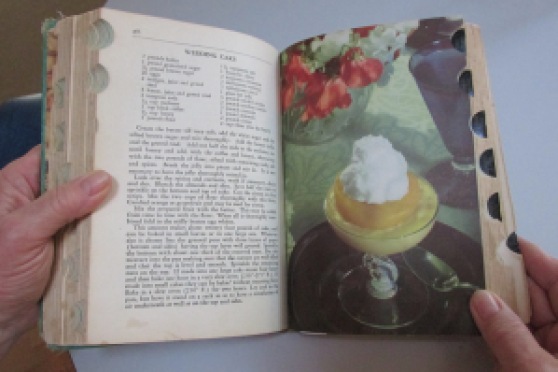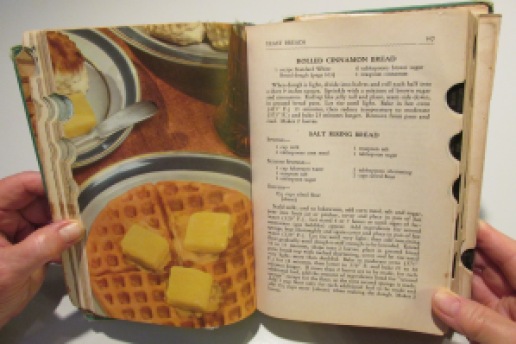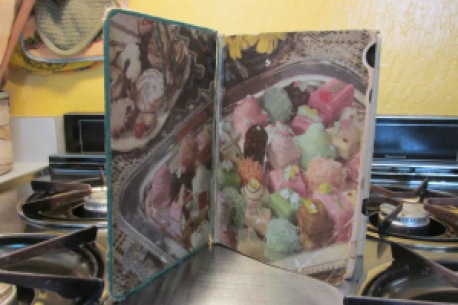About to make another trip through the world of modern medicine I left home at 6:00 AM and wove my way through a maze of OC freeways. The ride on the toll road through low-lying rolling green hills soothed my anxieties over the oncoming procedure to which I was headed.
I rarely see an ordinary doctor, you know, one of those family practitioners. I am more likely to be found in office of an acupuncturist, herbalist or traditional healer. But I must admit otolaryngologists and their audiologists, dermatologists and dentists are among some of my best friends. They’re the parts that have to be attended to.
Dr. Huang, a dermatologist determined that my mole was a five on a scale of one – ten with ten being bad, should be removed. When I agreed to submit, she promptly packed me off to Dr. Hung, a plastic surgeon, to make sure that scarring would be minimalized.
A similar look and feel to Urgent Care, I felt right at home as I drove up to the medical center that housed the surgeon’s office. Scruffy around the edges, bland, sterile colors in the lobby I made my way up to the second floor on an elevator that had seen better days. With the waiting room full of retirees and one zippy young woman in a navy blue business suit and tan pumps I knew I was in for the long haul, but hey, I had a good book: Unbounded Wholeness: Authenticity, the same I had taken to Viet Nam.
Surprisingly, shortly, a technician called me to the inner sanctum. She led me to a room continuous in the same bland colors as the outer waiting area. A gray chair like that of a dentist rested in the middle of the room. With due diligence she prepared me for the task at hand. Questions about allergies, blood pressure, she assured me that mine was good, followed a request that I partially disrobe. The issue was a large, brown blot on my left thigh.
Next she prepared the chair-table. A metal grounding device to rest under my leg was hooked up, a sheet spread on which to sit and one to cover my bare legs. I wore my black socks with gold threads to take off the chill. After making sure that I was comfortable she left me to my own devices. I was grateful that the routine did not include getting on the scale.
A flotilla of palms representative of all SoCal varieties flooded the view from the windows, beautifully silhouetted against the early rosy sky. No telling how long I would be waiting considering the number of patients in the outer office. I decided to read. I reached from my perch to the chair where I had left my book. Too wide I slipped off, forgetting that in preparation for the surgery, the aide had raised the chair to the doctor’s work level. Down we went, sheets, grounding device, purse, cell phone, and book. To my chagrin, the grounding device began to beep. Fortunately, I managed to get back up on the chair smooth things out a bit before anyone noticed.
Dr Hung someone of a rare bird in my experience, totally engaged me in chitchat. He seemed genuinely interested in who I was as he plied me with questions. Turned out both of us had grown up in SoCal. Then he went on to Stanford and UC San Francisco. As for my story, well, his only response: “conventional.”
Curiously, he even asked me where I went to high school. We were really getting down to the nitty-gritty.
“Mater Dei.”
“Why, that’s so conventional. I would never put you there. That must have been several lifetimes, ago.”
I swear this is exactly what he said to me. He was so struck that I had gone to what he considered “such a conventional high school.” I’ve always been proud of my status as an alumna of MD. The school has had athletic and scholastic fame since its founding back in the sixties, but the plastic surgeon took a little air out of my fame balloon.
Two hours later the removal itself took only three minutes, having completed his work Dr. Hung turned to my records on the desk.
“Penelope Shackelford, that’s a very conventional name, but you are not conventional. You live in Davis. Hm. That’s a very conventional place. But you are not conventional.”
Was there no end to his analysis? During the procedure we had had a lovely conversation about music, travel and health, but what was it that gave him such insight? I mind tripped back through our talk.
I had offered a critique of the office music. The Beethoven recordings playing on the sound system were not helpful. He accused me of not liking Beethoven, but I assured him not so. Too complex and too conceptual I explained. They made me feel I like I was at a parade. Choppy, staccato and big bass drums are not the best sounds for patients undergoing medical procedures. Told him I had long worked with sound healing and offered to find something more appropriate for him, something along Native American flute music or Indian sitar.
We also talked of yoga. “Do you do yoga?
When I answered affirmatively, he responded, “none this week.”
“None? Hatha, of course not, but surely I can do some, pranayama or raja perhaps?”
“Raja?”
I explained that raja as found in the Yoga Sutras of Patanjali is the practice of cultivation of the mind through meditation and contemplation, hopefully eventually leading to enlightenment.
I had been offered a prescription for an antibiotic to prevent infection, but I turned it down in favor of Chinese herbs. He made a note of this as he scanned the record.
I had said nothing unusual, still, not only did Dr. Hung insist that I was unconventional he did it with all-knowing gravitas.
With the numbers waiting he did not tarry. We shook hands and he departed. I dressed, gathered my belongings and slowly lumbered, careful of the mole wound, down the long hall to the elevator—wondering why Dr. Hung had insisted that I was unconventional.
Maybe the yogis in India were right when they told me that the world is a reflection of ourselves.
